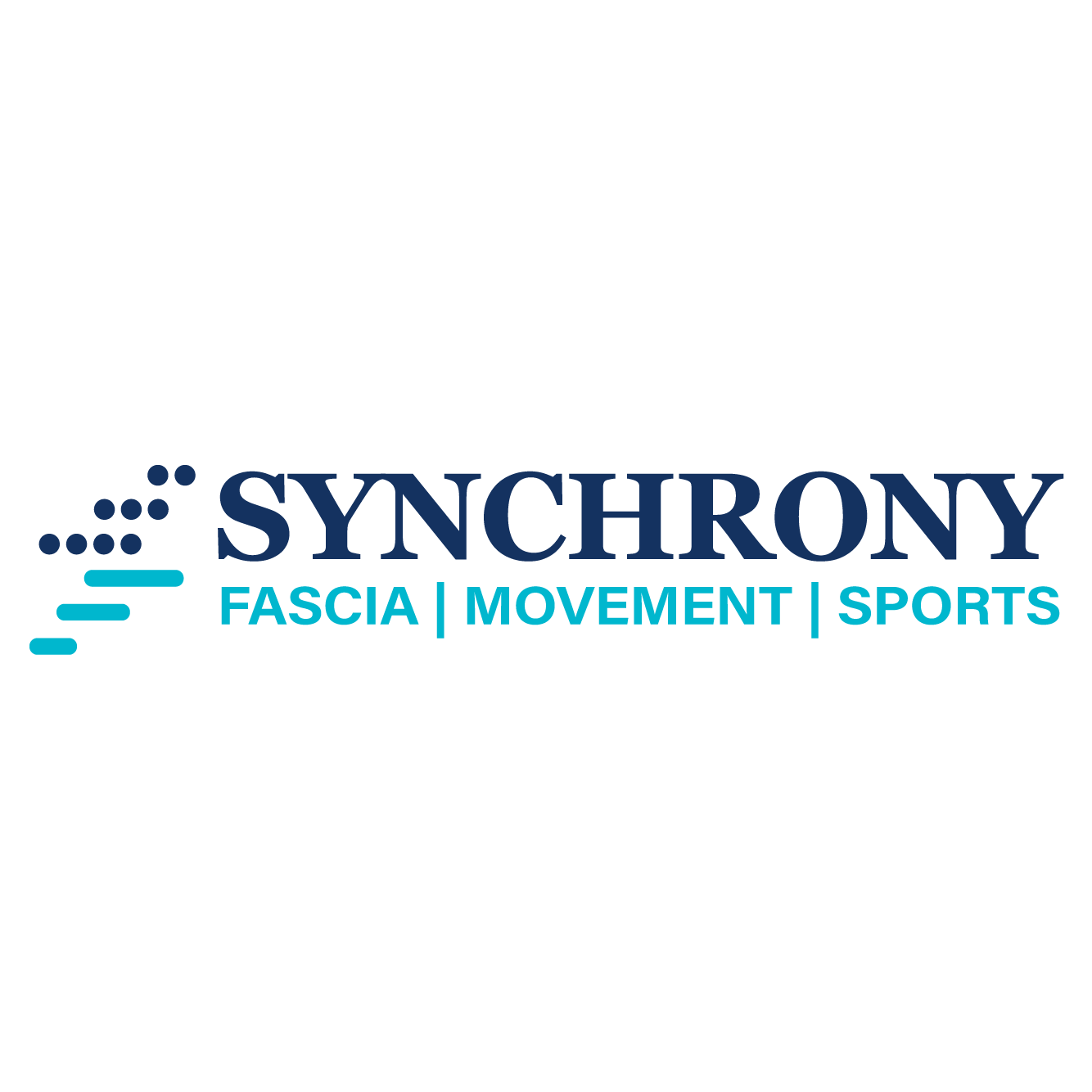Understanding Torn Cartilage: Causes, Symptoms, and Treatment Options

Torn cartilage in the shoulder typically refers to damage to the cartilage ring around the shoulder socket, known as the labrum.
This injury can result from trauma, such as a fall or a direct blow to the shoulder, or from repetitive overuse, particularly in sports that involve overhead motions (like baseball or swimming).
Symptoms of a torn shoulder labrum can include:
- Pain: Especially with certain movements or activities.
- Catching or locking sensation: Feeling like something is catching or slipping within the shoulder joint.
- Decreased range of motion: Difficulty moving the shoulder through its full range of motion.
- Weakness: Particularly noticeable with certain movements or when lifting objects.
- Instability: Feeling like the shoulder may pop out of place.
Treatment options may include:
– Rest and activity modification: Avoiding activities that worsen symptoms.
– Physical therapy: Strengthening exercises to stabilize the shoulder.
– Medications: Nonsteroidal anti-inflammatory drugs (NSAIDs) to reduce pain and inflammation.
– Steroid injections: Sometimes used to reduce inflammation.
– Surgery: In severe cases or if conservative treatments fail, arthroscopic surgery may be needed to repair or remove damaged cartilage.
The treatment for a torn cartilage (labrum) in the shoulder depends on the severity of the injury and the specific symptoms experienced. Here are the common treatment approaches:
Conservative Management:
– Rest and Activity Modification: Avoiding activities that aggravate symptoms.
– Physical Therapy: Specific exercises to strengthen the muscles around the shoulder joint, improve stability, and restore range of motion.
– Pain Management: Nonsteroidal anti-inflammatory drugs (NSAIDs) or other pain-relieving medications as prescribed by a doctor.
Steroid Injections:
– Corticosteroid injections into the shoulder joint may help reduce inflammation and alleviate pain. These are usually used for short-term relief and are not a long-term solution.
Alternative Treatments:
– In some cases, alternative treatments such as acupuncture or chiropractic care may be considered to help manage pain and improve shoulder function. However, these treatments should be discussed with a healthcare provider to ensure they complement conventional medical care.
The choice of treatment depends on various factors including the patient’s age, activity level, overall health, and the severity of the tear.
It’s essential to consult with a qualified healthcare professional, such as an orthopaedic surgeon or a sports medicine specialist, to determine the most appropriate treatment plan for a torn cartilage in the shoulder.
Early diagnosis and intervention can help prevent long-term complications and facilitate quicker recovery.
If not addressed properly it can be a debilitating condition can bring Instability in shoulder which can be really very painful and limit range of motion. Muscular weakness in the shoulder, particularly in the rotator cuff muscles, can develop as a result of a labrum tear. This weakness may affect arm strength and overall functionality.
At Synchrony, treatment of torn cartilage is tailored to each individual’s symptoms and severity of the condition. Conservative measures are typically effective in most cases, especially when started early. We use Evidence based Manual therapy approach to treat and rehabilitate it through Soft Tissue Mobilization techniques. Later to maintain the changes and to progress we help them with certain Exercises through which strength of muscles can be increased and functioning of shoulder can be optimised.
Rehabilitation following a torn cartilage (labrum) in the shoulder is crucial for restoring strength, mobility, and stability to the joint.
The specific rehabilitation protocol may vary depending on the severity of the tear, the type of treatment received (conservative or surgical), and individual factors.
Here are the key components of rehabilitation for a torn cartilage in the shoulder:
- Early-Stage Rehabilitation (Immediate Post-Injury or Post-Surgery):
– Pain Management: Initially, the focus is on managing pain and inflammation through ice therapy, medications prescribed by your doctor (such as NSAIDs), and possibly corticosteroid injections.
– Range of Motion Exercises: Gentle, passive range of motion exercises are started early to prevent stiffness in the shoulder joint. These exercises are often guided by a physical therapist or under their supervision.
– Progressive Strengthening: Begin with gentle isometric exercises (where the muscle contracts without movement) to start rebuilding strength in the muscles around the shoulder joint without stressing the healing tissues.
- Intermediate Stage Rehabilitation (2-6 Weeks Post-Injury or Surgery):
– Active Range of Motion Exercises: Progress to active range of motion exercises where you actively move the shoulder joint through its range of motion, focusing on controlled movements.
– Dynamic Stability Exercises: Incorporate exercises that challenge shoulder stability, such as using resistance bands or unstable surfaces to improve neuromuscular control.
– Strength Training: Gradually introduce strengthening exercises for the muscles around the shoulder joint, including the rotator cuff muscles and the muscles of the shoulder blade (scapula).
– Functional Training: Begin to integrate functional movements that mimic activities of daily living or sports-specific movements, if applicable.
- Advanced Stage Rehabilitation (6 Weeks and Beyond):
– Continued Strength and Conditioning: Progress strength training exercises to increase resistance and load, focusing on improving muscular endurance and power.
– Sport-Specific Training: If returning to sports or high-demand activities, incorporate sport-specific drills and exercises to prepare the shoulder for the specific demands of the activity.
– Return to Activity Protocol: Follow a structured protocol for gradually reintroducing activities, ensuring that the shoulder can handle the demands without risk of re-injury.
– Education and Prevention: Educate on proper technique, posture, and body mechanics to reduce the risk of future shoulder injuries.
General Tips for Rehabilitation:
– Compliance: Follow the guidance of your physical therapist or healthcare provider regarding the frequency and intensity of exercises.
– Patience: Rehabilitation from a torn shoulder cartilage can take time. Be patient and allow adequate time for tissues to heal and strengthen.
– Monitoring Progress: Regularly assess progress with your healthcare provider to adjust the rehabilitation program as needed.
– Consistency: Consistent participation in rehabilitation exercises and activities is key to achieving optimal outcomes.
Rehabilitation for a torn cartilage in the shoulder is often individualized based on the specific injury and the patient’s goals. Working closely with a qualified physical therapist or rehabilitation specialist can help ensure a safe and effective recovery process.
